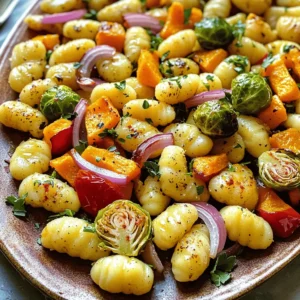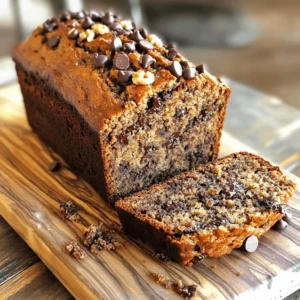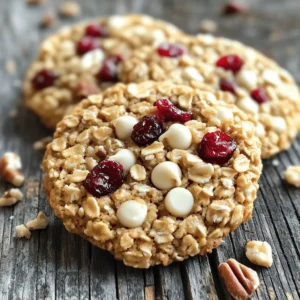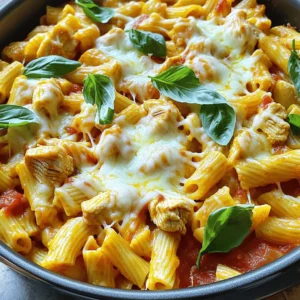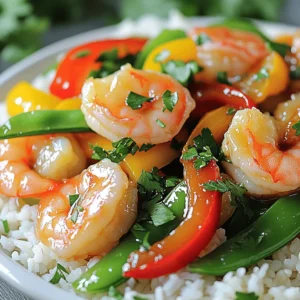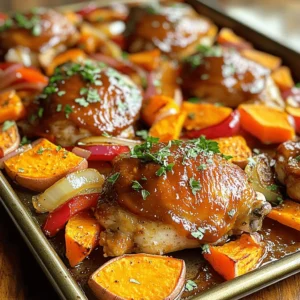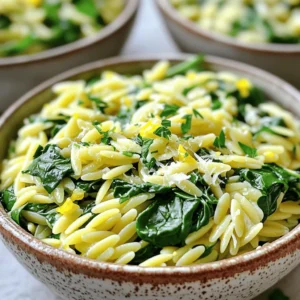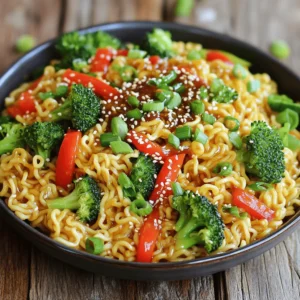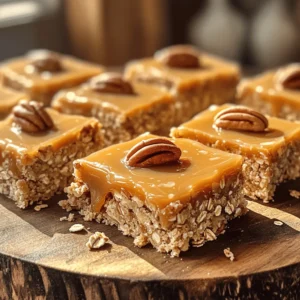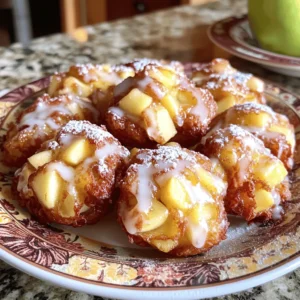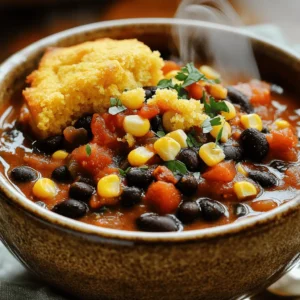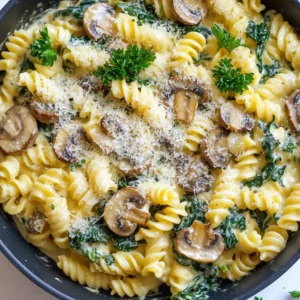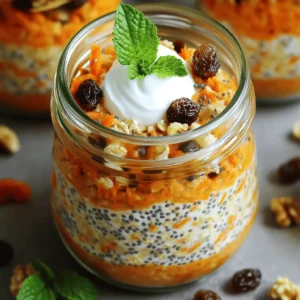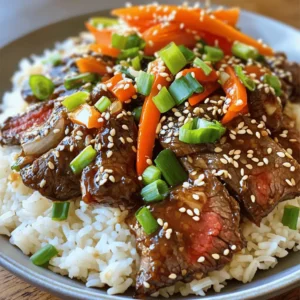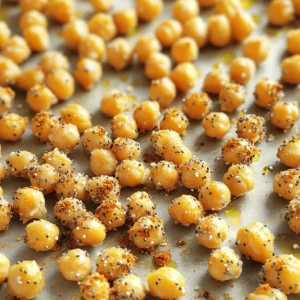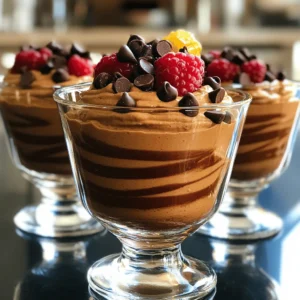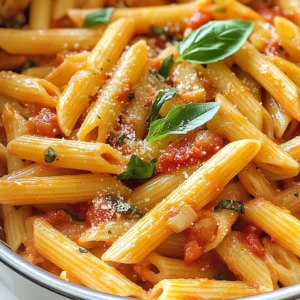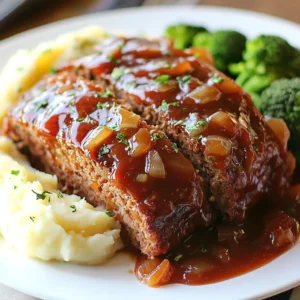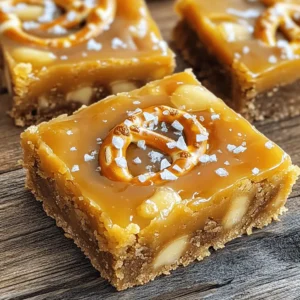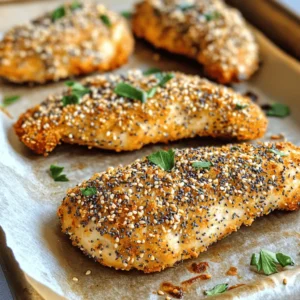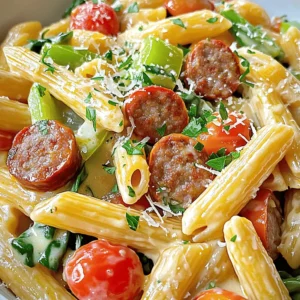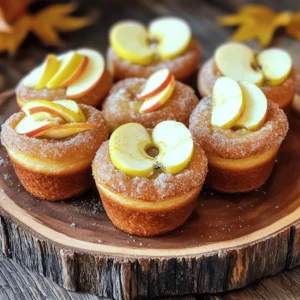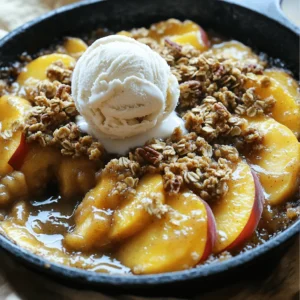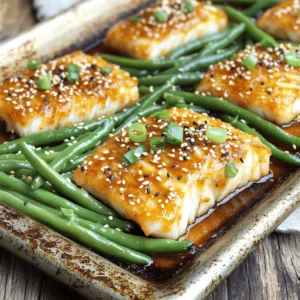- Cozy Chicken Pot Pie Soup Comfort in a Bowl
- Sheet-Pan Gnocchi with Roasted Fall Vegetables Delight
- Air Fryer Coconut Shrimp with Sweet Chili Sauce Delight
- Bakery-Style Chocolate Chip Banana Bread Delight
- Honey Garlic Butter Roasted Carrots Simple Recipe
- Air Fryer Chicken Sausage Veggies Delightful Meal
- No-Bake Cranberry White Chocolate Oat Cookies Delight
- Chicken Parmesan One-Pot Pasta Easy Dinner Solution
- Chocolate Dipped Pumpkin Spice Biscotti Irresistible Treat
- Creamy Pumpkin Wild Rice Soup Rich in Flavor
- Minute Garlic Butter Shrimp Stir-Fry Quick and Simple
- Slow Cooker Cinnamon Roll Casserole Tasty Delight
- Cranberry Orange Bakery Loaf Simple and Tasty Recipe
- BBQ Chicken Sweet Potato Wedge Sheet Pan Delight
- Lemon Garlic Orzo with Spinach One Pot Delight
- Pumpkin Cream Cold Foam Iced Coffee Flavor Boost
- Spicy Gochujang Ramen Stir Fry Tasty and Easy Meal
- Salted Caramel Pecan No Bake Bars Delightful Treat
- Air Fryer Apple Fritters with Vanilla Glaze Delight
- Chipotle Black Bean Chili with Cornbread Crumble Delight
- Parmesan Spinach Mushroom Pasta Skillet Delight
- Homemade Natural Sports Drink Refreshing Hydration Boost
- Loaded Baked Potato Soup Comforting Flavorful Recipe
- Double Chocolate Chunk Skillet Cookie Decadent Dessert
- Carrot Cake Overnight Oats Simple and Healthy Recipe
- Air Fryer Garlic Parmesan Wings Crispy and Flavorful
- Slow Cooker Korean Beef Bulgogi Flavorful Delight
- Better-Than-Takeout General Tso’s Tofu Delight
- Crispy Everything Bagel Roasted Chickpeas Recipe
- High-Protein Chocolate Cottage Cheese Mousse Delight
- Spicy Penne Arrabbiata Flavorful and Simple Recipe
- Tangy Glazed Meatloaf Savory and Satisfying Recipe
- Pumpkin Spice Hot Chocolate Creamy Comfort Drink
- Cottage Cheese Chocolate Mousse Rich and Creamy Delight
- Minute Garlic Butter Shrimp Rice Bowls Quick and Tasty
- Salted Caramel Pretzel Blondie Bars Irresistible Treat
- Everything Bagel Chicken Tenders Flavorful and Easy
- Creamy Cajun Sausage Pasta Simple and Flavorful Meal
- Apple Cider Donut Muffins Cozy and Flavorful Treat
- Brown Butter Peach Crisp Skillet Delightful Recipe
- No Bake Lemon Cheesecake Bars Quick and Easy Recipe
- Sheet Pan Miso Maple Cod & Green Beans Delight



